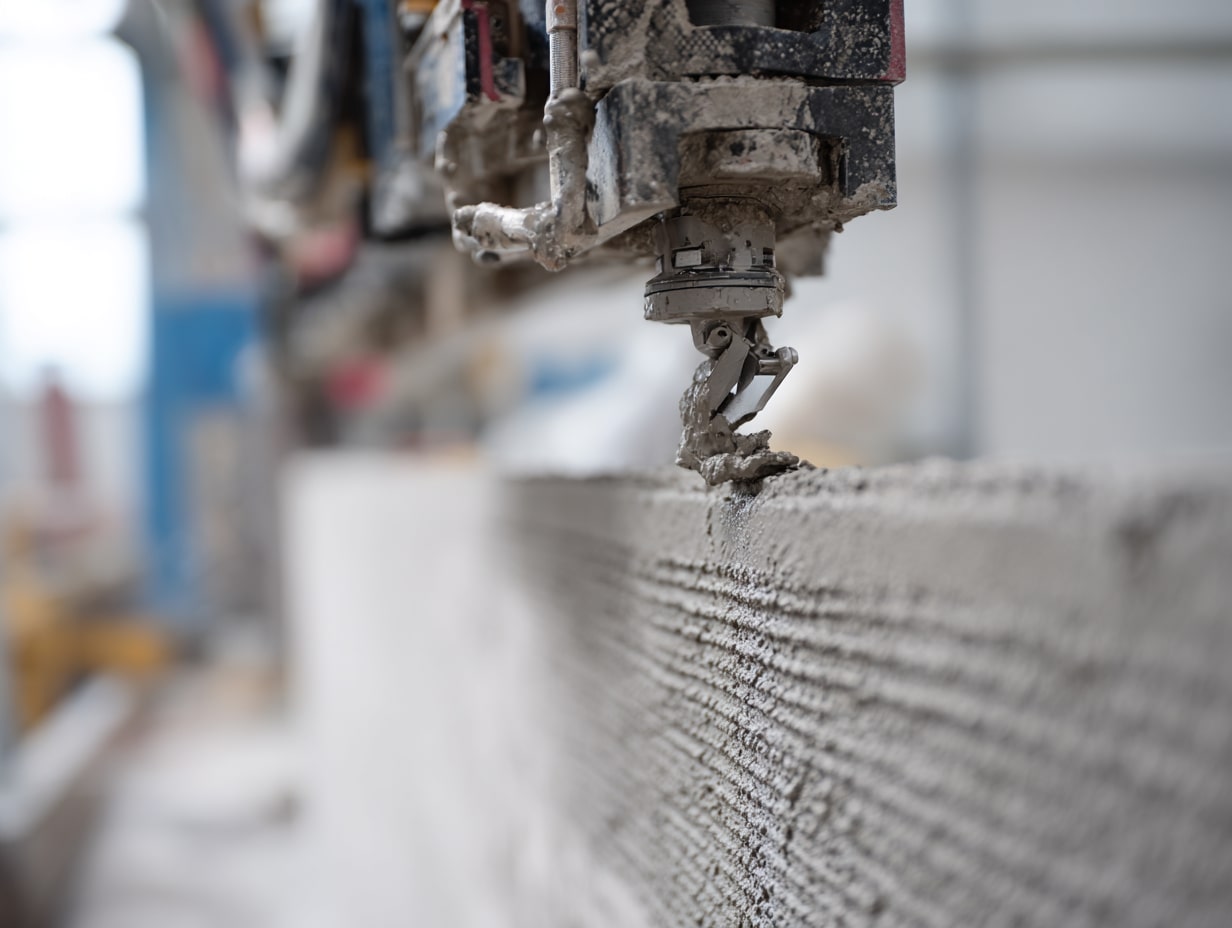- Home
- Articles
- Architectural Portfolio
- Architectral Presentation
- Inspirational Stories
- Architecture News
- Visualization
- BIM Industry
- Facade Design
- Parametric Design
- Career
- Landscape Architecture
- Construction
- Artificial Intelligence
- Sketching
- Design Softwares
- Diagrams
- Writing
- Architectural Tips
- Sustainability
- Courses
- Concept
- Technology
- History & Heritage
- Future of Architecture
- Guides & How-To
- Art & Culture
- Projects
- Interior Design
- Competitions
- Jobs
- Store
- Tools
- More
- Home
- Articles
- Architectural Portfolio
- Architectral Presentation
- Inspirational Stories
- Architecture News
- Visualization
- BIM Industry
- Facade Design
- Parametric Design
- Career
- Landscape Architecture
- Construction
- Artificial Intelligence
- Sketching
- Design Softwares
- Diagrams
- Writing
- Architectural Tips
- Sustainability
- Courses
- Concept
- Technology
- History & Heritage
- Future of Architecture
- Guides & How-To
- Art & Culture
- Projects
- Interior Design
- Competitions
- Jobs
- Store
- Tools
- More
The Spatial Logic of Moving Your Wardrobe: Why Clothing Organization Shapes Your New Home

Moving disrupts every routine you’ve built. But here’s something most people don’t consider until they’re knee-deep in cardboard and chaos: the way you handle your wardrobe during a move directly influences how your new space functions for months afterward. It’s not just about getting clothes from point A to point B. It’s about understanding the spatial relationship between storage, accessibility, and daily flow in your future home.
Think about it: your closet isn’t just a holding area for fabric. It’s a functional zone that affects morning routines, seasonal transitions, and even how you perceive available space in a room. When you’re packing clothes for moving, you’re essentially making architectural decisions about your next chapter. Pack thoughtlessly, and you’ll spend weeks digging through boxes. Pack with intention, and you’re building a foundation for organized living from day one.
Table of Contents
ToggleYour Wardrobe as a Design Element
Architects obsess over circulation patterns (how people move through space). Your clothing storage follows the same logic. In your current home, you’ve probably developed unconscious patterns: work clothes on one side, casual wear on another, and seasonal items tucked away. These patterns aren’t random. They’re spatial solutions you’ve refined over time.

When you move, these solutions get packed into boxes and forgotten. That’s where most people go wrong. They treat moving as demolition rather than renovation. Progressive moving companies now recognize this. They’re training crews to think about unpacking destinations, not just loading efficiency. Box labels that read “master closet, left side” or “entryway coat storage” aren’t being fussy. They’re acknowledging that spatial memory matters.
The result? Homeowners who work with forward-thinking moving professionals report settling into new spaces 40% faster than those who use conventional packing methods. That’s not marketing fluff. It’s the difference between functional unpacking and weeks of searching for your favorite sweater.
Climate Zones Within Your Move
Here’s where moving strategy intersects with building science. Your clothes exist in microclimates based on fabric, frequency of use, and seasonal relevance. Lightweight cottons and linens can handle compression. Structured blazers and coats can’t. Delicate silks and woolens need protection from both crushing and moisture during transit.
Smart packers create zones: hanging items that travel upright, folded items grouped by weight and material, and accessories that fill gaps without creating pressure points. It mirrors how HVAC systems divide homes into zones based on usage and need. Same principle, different application.
Temperature matters too. A moving truck in summer heat can reach 150 degrees. Winter moves expose belongings to cold that can make fabrics brittle. Understanding these variables means protecting investment pieces appropriately and planning unpack priorities around what needs immediate hanging versus what can wait.
The Unpacking Architecture
Most people focus exclusively on packing. The real test comes at the other end. Have you mapped your new closet space? Do you know which walls get morning light (potential fading zones)? Is there awkward corner space that would work better with vacuum-sealed seasonal items than with daily wear?
Professional organizers recommend visiting your new space (even if it’s just through photos or video walkthrough) before you pack a single item. Measure closet dimensions. Note shelf heights and hanging rod placement. This pre-planning transforms your packing from arbitrary stuffing into strategic loading. You’re not just moving clothes; you’re choreographing their arrival.

Consider this: if you know your new bedroom closet has deep upper shelving, pack seasonal items in clearly labeled bins designed for that exact space. If there’s a walk-in with zones for different clothing types, pack accordingly. Your cardboard boxes become modular units designed for specific architectural features.
Beyond the Box
The intersection of moving and interior design isn’t theoretical. It’s practical daily life. When you approach clothing organization as a spatial problem rather than a logistical chore, everything shifts. You stop asking, “How do I fit this?” and start asking, “Where will this live?”
That mindset change makes all the difference. It’s why people who plan their wardrobe move with the same care they’d plan a kitchen renovation end up with homes that feel settled faster, function better, and require less reorganization down the road.
Your clothes will outlast most of what you own. The space they occupy shapes your home’s usability more than you’d guess. Treating that space (and that move) with architectural thinking isn’t overthinking. It’s just thinking clearly about what happens after the truck drives away.
illustrarch is your daily dose of architecture. Leading community designed for all lovers of illustration and #drawing.
Submit your architectural projects
Follow these steps for submission your project. Submission FormLatest Posts
How Much Time Does It Take to Install Impact-Resistant Windows and Doors
Introduction Upgrading your home’s windows and doors can feel like a big...
How to Furnish Your New Home in 24 Hours (Without Picking Up a Screwdriver)
The keys have been handed over. The lease is signed. You are...
3D Printed Homes: Time, Cost, and What to Expect
3D printed homes explained: realistic timelines (24–72h walls, 8–16 weeks total), true...
How a Contact Centre Boosts Trust in Your Building Business
In construction, trust is the glue that holds projects together. Clients need...












Leave a comment